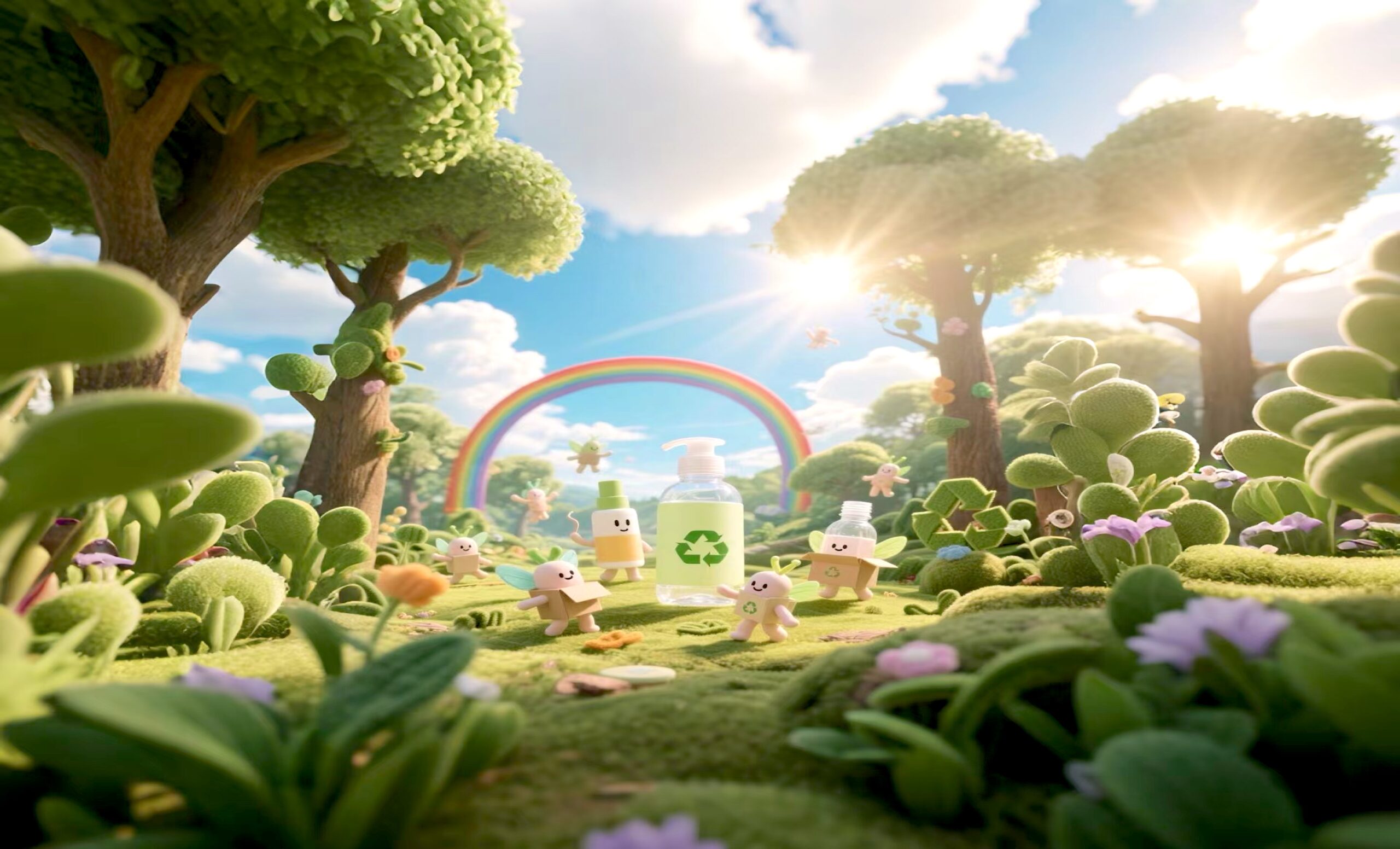How much do you know about cosmetic bottles?

The choice of materials determines whether beauty can coexist with the earth. Nearly 60000 tons of cosmetic containers are discarded globally each year, of which about 90% cannot be recycled due to the difficulty in separating mixed materials. Have you ever thought that behind these containers, there is a silent game between materials science and sustainable future, when you play with the crystal clear glass bottle at your fingertips or press the matte frosted plastic pump head? From the selection of materials to the application of craftsmanship, every detail is related to the quality, user experience, and even brand image of cosmetics. Today, let's step into the wonderful world of cosmetic bottles together and uncover their mysterious veil.
1.The "Six Major Materials" of Plastic Bottles
(1) PET: Transparent but afraid of heat, it will "deform" at 40 degrees. It is the golden choice for gel water and essence bottles, with high transparency and strong barrier property.
(2) PE: Matte surface, strong chemical resistance, not suitable for spray coating process, which to some extent limits its application in pursuing gorgeous appearance cosmetics.
(3) PP: With a high temperature resistance of 100 degrees, it is the "first choice" for bottle caps, ensuring that the cosmetics inside the bottle can be tightly protected in various environments. Kao relies on it to achieve thinning and plastic reduction of the bottle body.
(4) ABS: High strength, suitable for making product "shells", providing reliable protection for cosmetics.
(5) AS: A "brother" that is more transparent than ABS, it can play a unique advantage in scenarios where it is necessary to demonstrate the transparency and texture of the product.
(6) Acrylic: Noble but delicate, it needs to be protected with an inner liner to prevent damage.
2.Glass Bottle: Noble “Crystal Princess”
From quartz sand to exquisite containers, it takes a "test" of 1600 degrees Celsius. Sort by color, such as high white, high white, etc. There are two molding methods in terms of technology: blowing method (narrow mouth bottle) and pressure blowing method (wide mouth bottle). The deep processing technology for glass bottles is diverse and rich, including:
(1) Sandblasting: Creating a frosted effect is the most common processing method for cosmetic glass bottles. Widely applicable, it enhances the adhesion of the product's post-processing technology.
(2) Screen printing: There are two types: high temperature and low temperature. Through screen printing, exquisite patterns and text can be printed on the bottle, adding unique identification to the bottle.
(3) Hot stamping: The temperature requirements are similar to those of low-temperature silk screen printing, and are divided into glossy and matte effects to enhance the sense of luxury. Colors can be customized according to product requirements, but the stability of colors other than gold and silver is not strong.
(4) Spraying: Change the appearance color. According to the processing position, it is divided into internal spraying and external spraying; According to the processing transparency, it is divided into semi transparent spraying and solid color spraying; According to the processing glossiness, it can be divided into matte spraying and glossy spraying.
(5) Electroplating: Adding metallic texture, there are options such as glossy electroplating, matte electroplating, gradient electroplating, and phantom electroplating, which can be used for internal electroplating.
When we talk about bottles and cans, we are actually balancing beauty, functionality, and the breath of the earth. The next time you press the cream, the power of your fingertips is reshaping the future of the industry.






